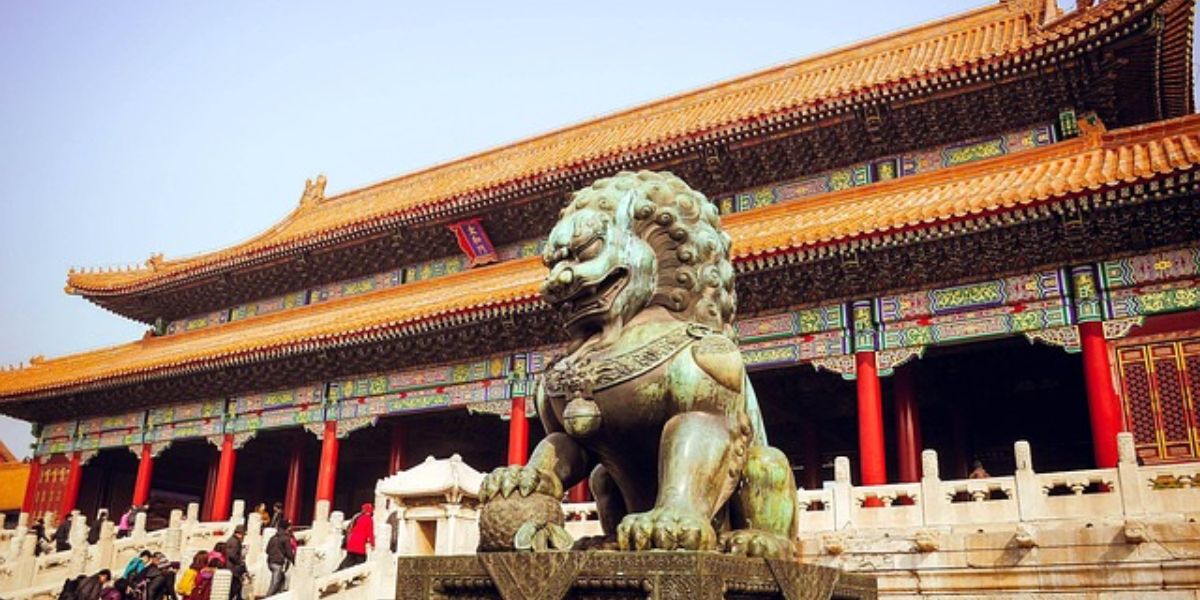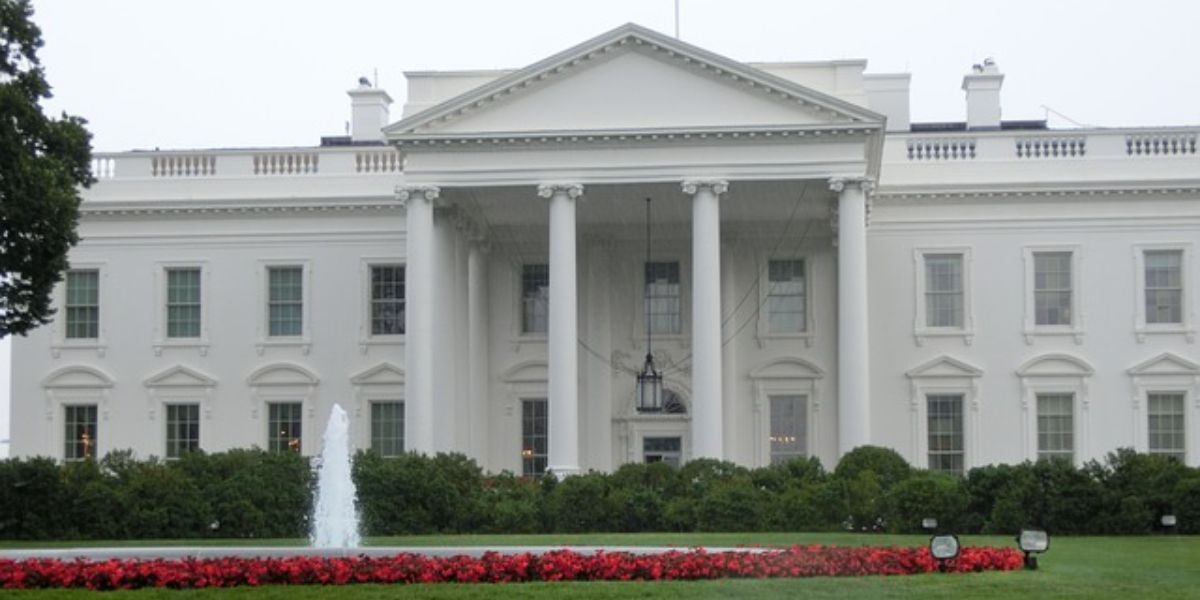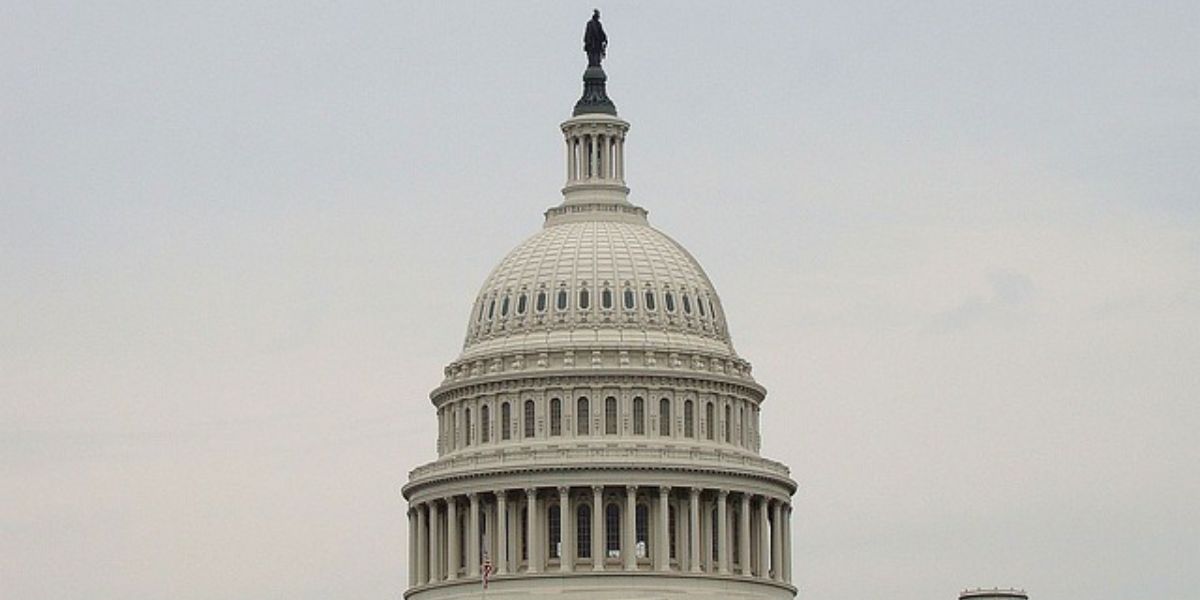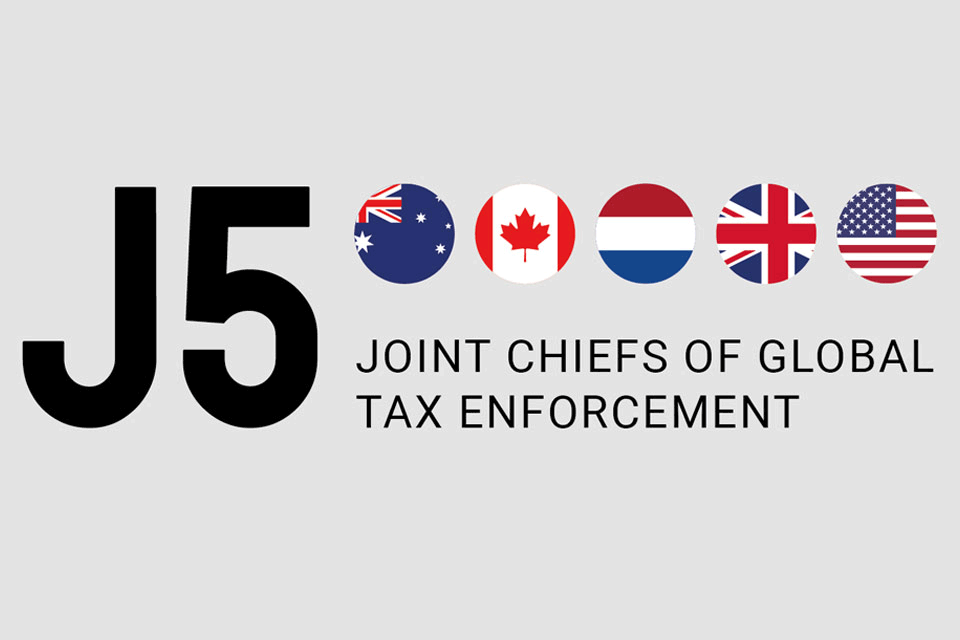China’s Ministry of Finance announced the implementation of additional tariffs as a direct response to the reciprocal tariffs previously imposed by the Trump Administration on 4 April 2025.
“This practice of the US is not in line with international trade rules, seriously undermines China’s legitimate rights and interests, and is a typical unilateral bullying practice,” China’s State Council Tariff Commission said.
This follows President Trump’s signing of an executive order abolishing the de minimis exemption for imports from China and Hong Kong, which went into force on 2 May 2025.
As previously reported, the US has imposed a 34% tariff on goods from China. In response, China will introduce the same 34% tariff on US imports starting 10 April 2025. However, goods shipped before this date and imported by 13 May 2025 will be exempt from the additional tariff.
On 2 April 2025, President Donald Trump signed an executive order implementing a 10% baseline tariff on imports from all countries. Trump cited the tax increases as a bold stand against unfair trade practices, presenting the US as a nation exploited even by its closest allies.
“For decades, our country has been looted, pillaged, raped and plundered by nations near and far, both friend and foe alike,” he said. “ Foreign leaders have stolen our jobs. Foreign cheaters have ransacked our factories. And foreign scavengers have torn apart our once-beautiful American dream.”
Trump also said the tariffs will help reduce the US trade deficit, boost domestic industry, and make American manufacturers more competitive. He also plans to use tariff revenue for future tax cuts. Critics, however, warn that tariffs could lead to trade wars and higher consumer prices.
After reclaiming office in January, Trump has imposed two rounds of 10% additional tariffs on all Chinese imports. According to the White House, these measures are aimed at curbing the flow of illicit fentanyl from China to the US. When combined with existing tariffs, this brings the total effective duties on Chinese goods entering the US to over 54%.
China retaliated by imposing new trade measures against the US, including tariffs on imports like chicken, wheat, soybeans, and pork. It added 15 US companies to its export control list and banned sales of dual-use equipment. Additionally, China halted US lumber imports, revoked licenses for three soybean companies, and launched an anti-dumping probe into US fiber optic products.
















